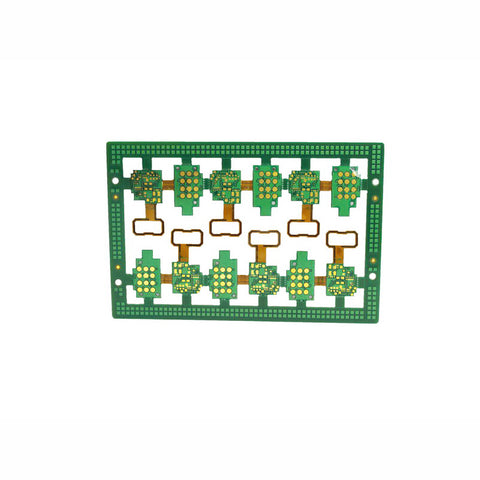
Although rigid-flex printed circuit boards have several advantages, they are not suitable for all PCB applications, especially those that require a sturdy mounting surface. There are also several designs and quality varies from one manufacturer to another. Two main types of rigid-flex PCBs exist in the market. These are:
- a) Flex to install -This is the most common rigid-flex PCB application you will come across. This design allows the PCB to fold once during assembly and disassembly. It is also very stable throughout use, although it may experience some movements, mainly when used in high-vibration applications.
- b) Dynamic flex -In applications that require the circuit board to fold and bend repeatedly throughout use, dynamic flex PCBs offer the best option. They aren’t as common as flex to install and also require special consideration. The board’s design should be able to withstand the wear that comes with repeated bending. Make sure there is an adequate bend radius to provide thousands.
Rigid-flex PCBs are more suited to military, aerospace, and medical devices. They can also be implemented for commercial products. While rigid-flex PCBs come at a higher purchase price, they are very cost-effective when used in applications that demand such types of boards. The best applications for rigid-flex PCBs include:
- High-shock and high-vibration environments
Rigid-flex PCBs have high shock resistance and are designed to survive high-stress conditions and environments, where ordinary rigid circuit boards would cause equipment failure. Shock and vibration resistance is why these boards are suitable for aerospace devices.
- High-precision application
High-precision applications emphasize reliability above everything else. Issues of cost come secondary in such applications. For instance, if cable or connector failure would be dangerous, it is recommendable to use the rigid-flex circuit boards that offer more stability.
- High-density application
When your typical rigid PCBs lack the required surface to mount all cables and connectors, you can use rigid-flex to resolve the issue. They can economize your space and accommodate more connectors in a single assembly.
- Where multiple rigid boards are required
If you have applications that require connecting four different boards, replacing them with rigid-flex boards is more cost-effective and optimal. These boards reduce the package weight, increase circuit density and also decrease assembly operations.
